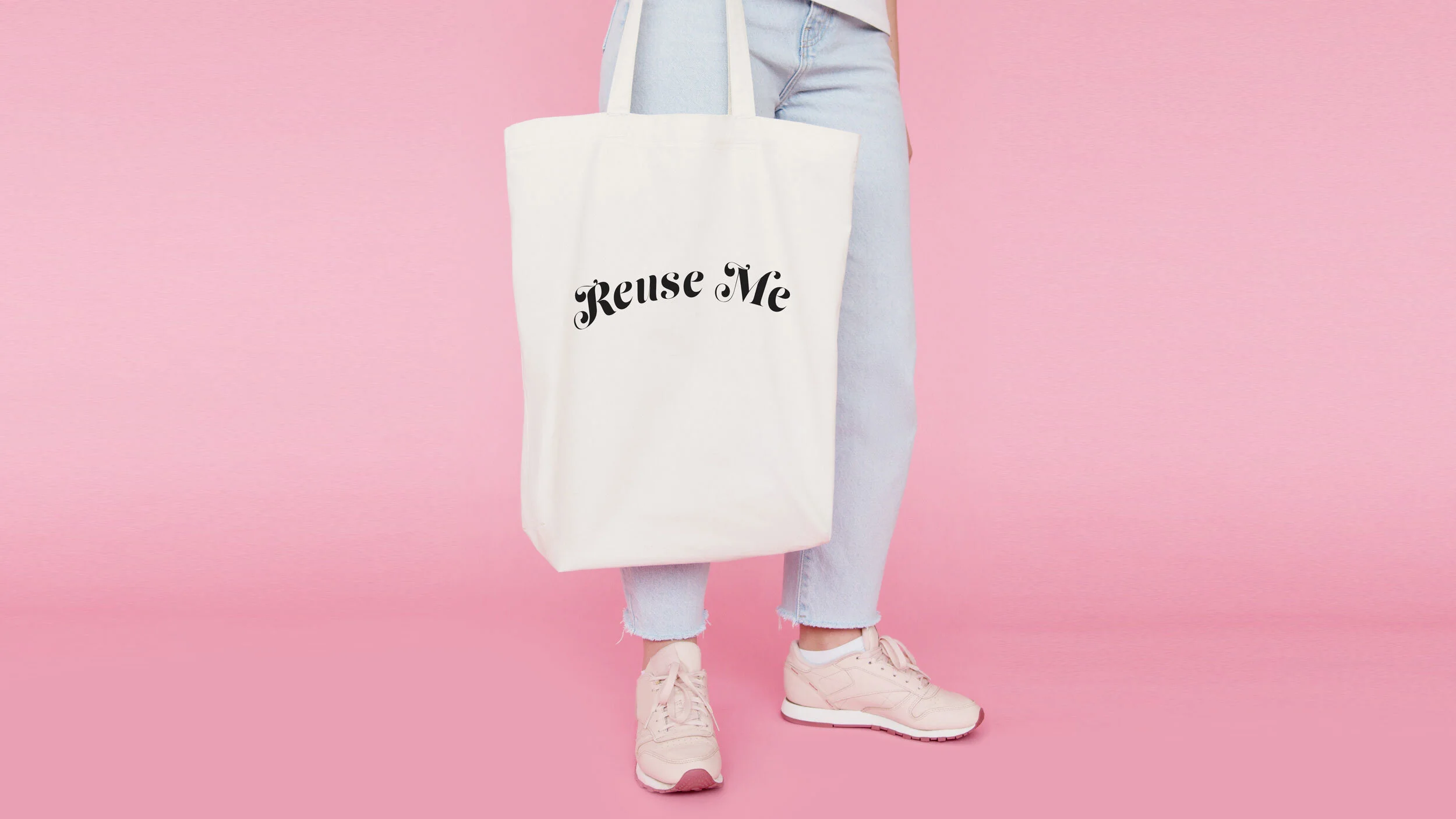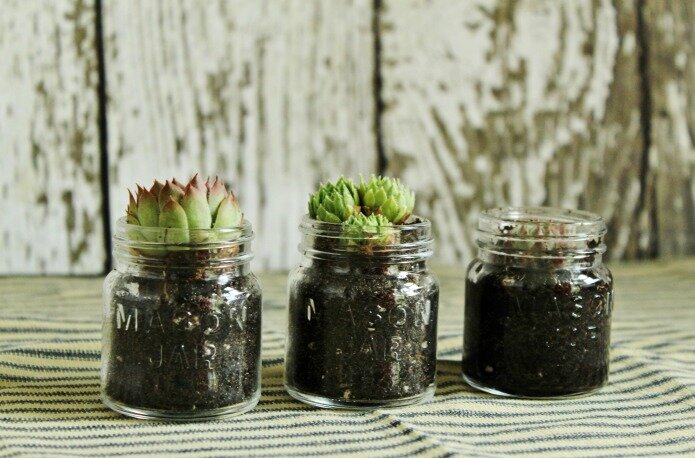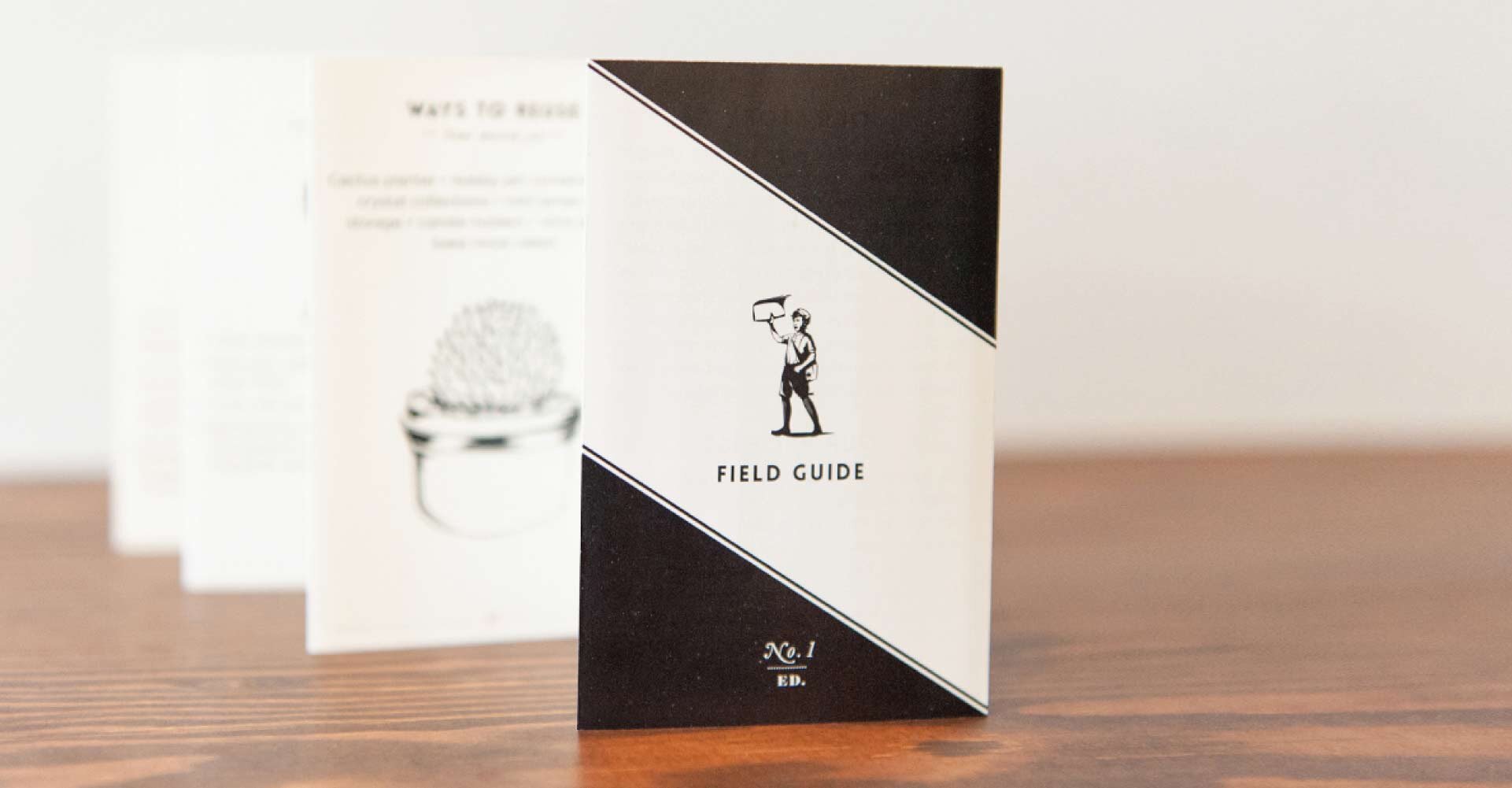
REDUCING PACKAGING WASTE
As a packaging company, we recognize we have a significant influence on the world around us. The choices our clients make have ripple effects that go beyond expectations. Too often, we see profits drive decision making, when metrics such as quality and carbon emissions should hold equal weight.
In celebration of Earth Week, we’re choosing to highlight one of the biggest problems in our industry: waste.
WHY WE HAVE A WASTE PROBLEM – THE HISTORY OF PACKAGING
Single-use packaging is a generally recent development. It all started with the Great Depression, which spurred a new lifestyle of “self-service” and the rise of grocery stores. In response, packaging on the shelf became a sales tool, rather than simply a method of holding product. Later, single-use packaging (such as plastic and foil) was introduced after WWII, when food preservation became a priority.

Image Source: Structural Graphics
Packaging now accounts for 28% of landfill waste. It wasn’t until the 1980s that the 3Rs (“Reduce, Reuse, Recycling”) concept was taken up to help combat waste. However, as much as we now focus on recycling, we are now learning that it should really be our last line of defense, rather than our first solution to packaging waste.
How CAN Companies Can Minimize their Impact, While Making an Impact?
When it comes to planning an eco-friendly packaging program, companies should consider prioritizing REUSABILITY on top of other sustainable measures.
Here’s why:
According to a report published by Zero Waste Europe, “Reuse avoids resource extraction, reduces energy use, reduces waste generation, and can prevent littering.” In fact, the more we encourage consumers to re-think the use of natural resources the lifecycle of the products, “reuse can incentivize a shift toward more conscious consumption, and also encourage companies to produce more durable and long-lasting products that can endure as many cycles as possible.”
With that in mind, here are a few ways brands are encouraging customers to reuse their packaging:
Hot Cakes Mason Jars
In their “Field Guide” for take ‘n bake chocolate cakes, this Seattle restaurant encourages customers to reuse their famous mason jars as pots for succulents, storage for hair accessories, candles, or whatever else they can think of.

Image Source: Knick of Time
Amazon’s “Frustration Free Packaging”
The e-commerce packaging giant has started an initiative to extend the life of single-use packaging by encouraging partners such as Hasbro to create outer packaging that is suitable for shipping purposes, eliminating the need for an additional shipping box.
Zappos For Good
This online retailer has taken reuse to the next level through the launch of Zappos for Good, a denim recycling program that redirects their denim from landfills to be made into insulation for housing. In addition to up-cycling their product, customers are encouraged to reuse their Zappos packaging to ship unwanted denim, free of charge.
These are just a few examples of ways you can build reusability into your packaging program. The more we can encourage this sort of behavior, the healthier our earth will be because of it. We hope this post inspires you to look beyond the green of your dollar figure and more into the green of your supply chain.
If and whenever possible, WE AIM to provide our clients with the most eco-friendly packaging available.
If you’re ready to explore eco-friendly options for your packaging program or want to build reusability into your customer experience, we’re here to help.

